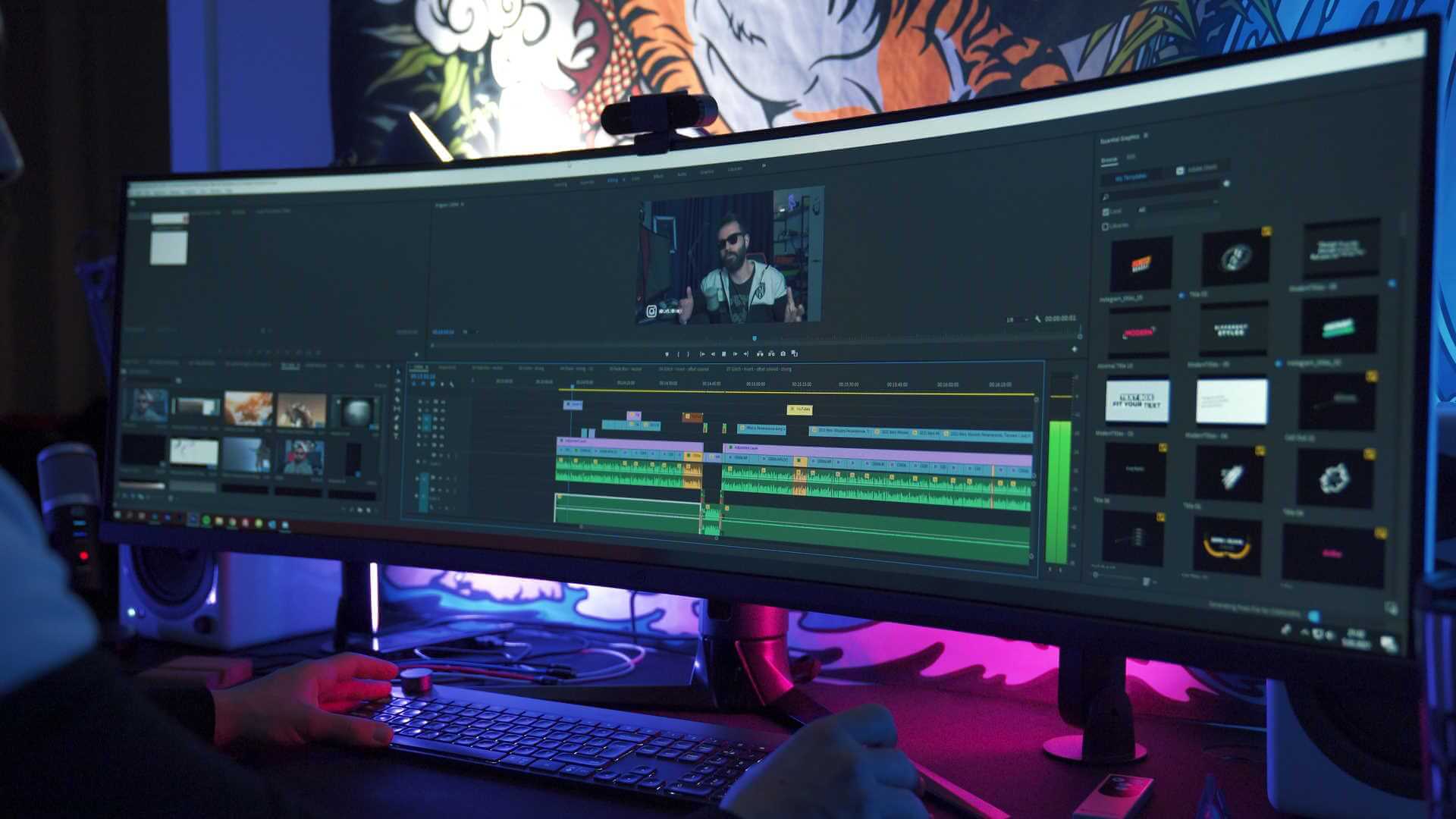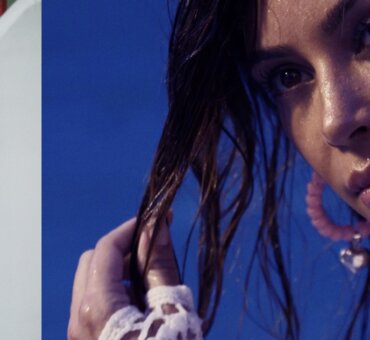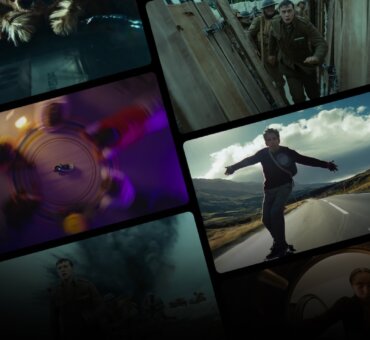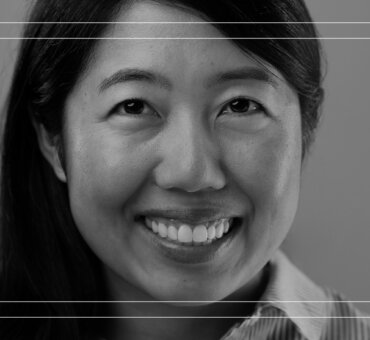The beautiful thing about being a producer is that there’s no real job description. Also, the ugly thing about being a producer is that there’s no real job description. Every project is an opportunity and an obstacle, something that requires you to forget the things you don’t need to know and remember the rest.
That’s why Kaki Orr is so damn good at it. As a collegiate lacrosse player, professional freeride skier, and now Senior Global Creative Producer for The North Face, she’s built a career on adaptation and endurance—both physically and logistically. They’re key attributes that can only be learned from hard-earned experience:
“I remember early on thinking, People actually think that I know how to do this. But, really knowing how to do my job is just about being nimble and ready to take on anything,” she told us. “I learned very quickly that being good at being a producer has nothing to do with perfect production experience.”
In our conversation, Kaki explains how she elbowed her way into her first production job and why a sled can be a valuable asset in a pinch.
Filmsupply: How did you initially get involved with The North Face?
Kaki Orr: It’s definitely a long story, but I moved to Jackson Hole after college and I started competing in freeride skiing. So, I did my first big mountain freeride competition on the Free Skiing World Tour and I won. All of a sudden, I was invited to the next competition, where there was this whole group of core friends who were sponsored and making a life out of skiing. That was my introduction to the outdoor industry.
This is where Kit DesLauriers, who is one of the most badass athletes on The North Face team, came into the picture. I had seen her on the tram line and around Jackson. There’s something about Kit DesLauriers; she’s just a beast. She was my first girl crush. Of course, she had this incredible outdoor resume of being the first woman to ski Everest. But, she was also just down to earth.
Skiing around Jackson, we got to know each other and Kit called me one day and asks, “Want to go up The Grand [Teton] with me tomorrow?” I was freaking out. We get up, we go up The Grand and she’s just a crazy charger. I got home, and it took me three days to recover [laughs]. I was sick afterward, but I didn’t want to break stride or show her that I wasn’t capable of it.
After that, she called The North Face and said, “There’s this girl, Kaki, she just ran up The Grand with me. I see her skiing all winter. She should be on The North Face team.” That was how it happened. I got sponsored by The North Face. It wasn’t a big contract, but it was awesome.
Then you joined as a producer?
Just after I signed with them, I blew my knee for the first time, then I blew my knee for the second time. After two really tough recoveries back to back, I didn’t know how skiing fit into my life anymore and I didn’t want to keep doing it at a high level. Throughout that time, I’d been PA-ing and helping out with local productions—being the coffee girl, helping with props, sending out call sheets, just your classic PA for a bunch of different brands and production houses.
I was just doing it for the money and the experience, but I got a reputation: “Kaki can keep up. She gets it.” The North Face productions that I had been on as an athlete had some room for improvement, and the Sr. Producer was running a one man show and stretched really thin. He was a great mentor and showed me the corporate ropes. I called him and said, “I just blew my knee again, can I come in for six months and help you run your productions?” So, that’s how I got looped in with North Face.
After doing some production coordination for them for a year or two, they asked me to join full time and they moved me to Oakland. Two years after that, I ran all of our outdoor content—anything that has to do with on-mountain productions. That stemmed from photoshoots into more film and expeditions and that’s led me to where I am today, which is head of production and content lead for The North Face.
Was it a difficult transition, from professional athlete to producing?
It was hard for my ego and where I saw skiing going, and also giving up the traveling, meeting more people, growing who I was and my sense of self. But, after a little bit of time, I ended up being happier producing because I felt like I was part of something a little bit bigger and I had an opportunity to make a bigger impact. There’s a lot of ego in project skiing, sponsor skiing, and competition skiing. It’s all about you and what you can do. Instagram had just become a thing and I could never really get into it. I felt some tension in self-promotion.
In production, I felt like I was a part of the team working to create content that was going to actually reach people and had the potential to create change, whether it was influencing someone to buy a jacket or getting them outside. I’m a team player naturally. I grew up playing team sports, grew up in a big family where you really couldn’t think about yourself, as much as my natural self wants to. I just thought that there were a lot of merits and opportunities for growth in working on a team rather than just for yourself.
There seem to be a lot of former athletes who end up succeeding as producers.
I think that’s absolutely true. There are a lot of humbling experiences in sports, having failures in my athletic career, whether through lacrosse or challenging myself in the mountains. Those failures create a lot of opportunities to learn in those two worlds. Production is very humbling, too. There’s an intersection of experiences there that really helps.
Not to mention endurance.
Absolutely. That’s especially true in the earlier stages of my production life. Part of what made me invaluable were those experiences in the mountain—my knowledge of safety, first aid, how to pack, and how to set people up for success. Not only do you have to be super fit and super prepared, but you’re also adding a whole other layer of experience. I’ve been able to witness that in the mountains through working with filmmakers. I got a taste of what made them successful and what made it easier for them to do their job.
What productions stand out as intense learning experiences?
I remember early on thinking, People actually think that I know how to do this. But, really knowing how to do my job is just about being nimble and ready to take on anything. Eyes were on me and people were speaking as if I’d had a ton of experience, but that wasn’t the case. I learned very quickly that being good at being a producer has nothing to do with perfect production experience. It has to do with being a good team player and being someone who can be relied on, being willing to work hard, and carry that extra bag.
On my first studio shoot, I was completely out of my comfort level. I didn’t know the answers to any questions. Now, studio productions are an important facet of my holistic role at The North Face, but the first one was hella crazy. It was for a new backpack. I didn’t understand anything about the post-production flow, or even paying for all the different components of a studio shoot. I learned that you need to have a stylist, someone who is actually manipulating that product so that the photographer can then shoot it. I learned about lighting. I learned about data management and what a Digi does, all at once.
Definitely not the type of problems you were used to solving, right?
It was wild and humbling. But, I had problems with outdoor shoots, too. In 2017, we went on an ice climbing shoot to Iceland. We were bringing over three or four TNF athletes, our director Tim Kemple, and his assistant. There were so many logistical issues, trying to get everyone to this random farmhouse that we were going to use as a basecamp. Then, we’d camp on the glacier so that Tim could get these epic photos of these ice caves and do these inverted ice climbs.
Just when I was so relieved that we all got to this farmhouse, after an awesome day of shooting, Kemple broke his ankle. We adjusted, and he kept shooting, but we were trying to find him crutches in this remote area of Iceland. That’s an example of things that can go really wrong. It made me think about what happens when someone gets hurt. What is our backup plan? Do we have an extra camera? It was a logistical nightmare.
He handled it like a champ. We ended up pulling him around on a sled because we were on a glacier. It actually ended up being this really awesome shoot and Kemple was a total trooper, but had we not been on a glacier I think it would have been way harder. We ended up just literally pulling him around the whole time [laughs]. But, I knew that next time I’d need to be more prepared.
How do you even prepare for something like that?
In that situation, I would probably have brought a second shooter, as well as an assistant. Just knowing how much energy and how much time was spent getting it organized and the potential that the trip had, it would have been sad not to realize that. It’s not about complete and total preparedness, but more about taking it in stride. It taught me to be a really confident leader because you have everyone, including the photographer who’s hurt, looking to you to almost satiate everyone’s fears. It’s going to be okay, and we’ll figure this out.
It goes back to being an athlete and being an empathetic human, balanced with confidence. That almost explains what I like to do when we’re creating films—it’s a balance of empathy and confidence in the story that you’re telling. Is the content speaking to and connecting with the most people? There’s something to be said for those two words.
Hear Kaki discuss her work on The North Face film “Lhotse” in the most recent episode of Behind the Work.
Read about the five essential elements of branded content from Kaki and the rest of The North Face production team.






